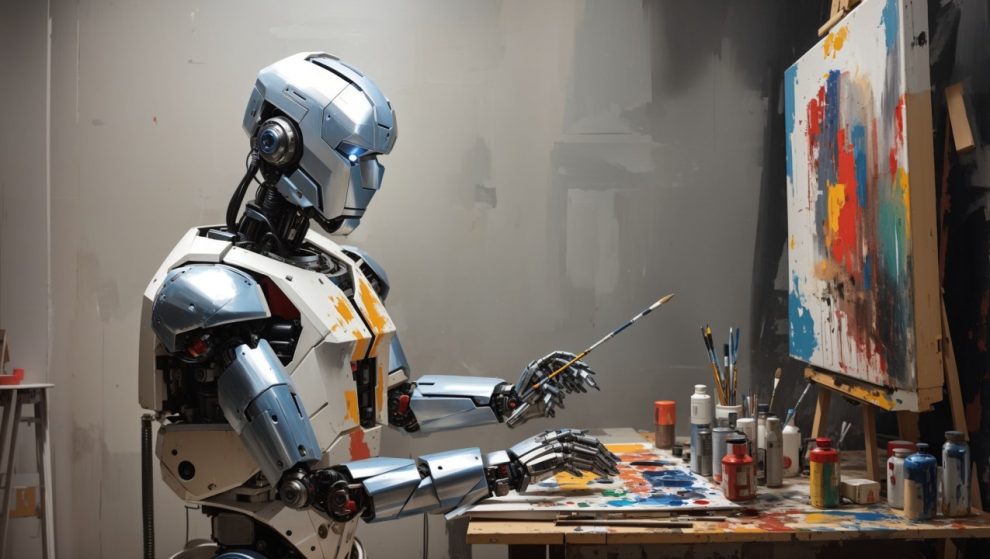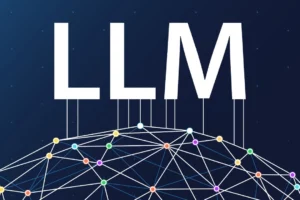The relentless march of technological progress continues to push the boundaries of what machines can achieve. One fascinating area that has captured the imagination of researchers lies at the intersection of artificial intelligence and creativity.
Specifically, a novel architecture known as Creative Adversarial Networks (CANs) offers tantalizing prospects for developing AI systems capable of human-level creativity across various artistic domains.
This in-depth guide will explore the inner workings of CANs, their real-world applications, challenges that need to be addressed, and the exciting possibilities they harbor for the future of computational creativity.
Demystifying the Building Blocks
Before delving into CANs, let’s break down the two key technologies that serve as their foundation:
Evolutionary Algorithms
Inspired by Darwin’s theory of natural selection, Evolutionary Algorithms (EAs) are optimization techniques that mimic the evolutionary process to solve complex problems. Here’s a high-level overview of how they work:
- A population of candidate solutions is initialized, with each solution encoded as a set of parameters (genotype).
- The solutions are evaluated using a fitness function that quantifies the optimality of each solution.
- The highest scoring solutions are selected and used to produce new solutions (offspring) via crossover and mutation operations.
- The offspring solutions replace existing weaker solutions, improving overall population fitness over successive generations.
- The process repeats until the optimization objectives are met.
In essence, EAs provide an intuitive framework to iteratively refine solutions guided by quantitative feedback.
Deep Learning
Deep Learning (DL) refers to a class of machine learning techniques that employ multi-layered neural networks. These networks can learn complex patterns within large datasets to perform various AI tasks with human-like prowess, such as:
- Image recognition and classification
- Natural language processing
- Generative modeling to create synthetic samples
Of particular relevance are Generative Adversarial Networks (GANs), an innovative form of deep generative model consisting of two competing neural networks:
- Generator: Creates synthetic samples from a latent space.
- Discriminator: Attempts to differentiate real from synthetic samples.
The networks are pitted against each other in an adversarial game that progressively improves the generator’s ability to produce realistic outputs.
The Synergistic Power Behind CANs
By fusing EAs and DL together, CANs combine their complementary strengths into a unified architecture that unlocks immense creative potential:
Efficient Content Generation with DL
The generator module in CANs is typically implemented using GANs. The adversarial training process enables the generator to craft novel artifacts that capture intricate distributional characteristics of the data it’s modeled on.
For creative domains, this allows the spontaneous synthesis of diverse outputs adhering to chosen styles, themes, emotions, etc. GANs can generate paintings, music, product designs, and more.
Guiding the Creative Direction with EAs
While GANs can efficiently synthesize novel content, the creative direction is provided by the EA through an iterative optimization process. Specifically, the EA:
- Encapsulates creative objectives in a tailored fitness function.
- Assesses generator outputs using this function.
- Evolves the generator by selecting and reproducing high-scoring artifacts.
This shapes the generator to produce outputs fulfilling specified aesthetic, style, and functional goals. The EA exploration empowers CANs to discover especially creative artifacts.
Key Advantages
By synergizing DL and EAs, CANs provide:
- Enhanced creative exploration beyond human conceivable ideas.
- Intuitive injection of subjective human preferences into the optimization process.
- Efficient refinement of generated artifacts guided by feedback.
Myriad Possibilities Across Creative Domains
The potential applications where CANs can transform creative workflows span multiple media modalities:
Visual Arts
CANs can generate 2D or 3D visual artwork adhering to chosen artistic movements (impressionism, avant-garde, etc.), moods, visual metaphors, and more. The outputs could include unique paintings, sculptures, or experimental art.
Music Composition
Suitably designed CANs can compose original music conveying specified emotions, suited for different instruments, or matching chosen genres or music styles.
Product Design
CANs hold promise for automating product design. The EA can optimize generator outputs based on desired visual aesthetics, functionality, manufacturability, and other criteria.
Interactive Experiences
CANs could assist with crafting nonlinear interactive narratives and games that adaptively respond to user actions. The EA would guide the experience evolution based on engagement metrics.
Challenges and Opportunities
Despite their immense promise, effectively harnessing CANs poses some challenges that warrant thoughtful solutions:
Defining Creative Objectives
Identifying quantitative metrics that holistically capture subjective creative goals is an open research problem. Advances in AI may provide avenues to address this.
Interpretability
The complex interconnected processing within CANs limits model transparency. Improving interpretability would build trust for responsible adoption.
Ethical Risks
Like any powerful technology, CAN misuse can produce harmful outputs. Techniques to detect and mitigate algorithmic bias are needed.
Despite the challenges, active research efforts focused on tackling these issues offer hope for realizing the full potential of CANs.
The Bright Future of Computational Creativity
Looking ahead, here are some exciting fronts where CAN research could unlock game-changing opportunities:
Human-AI Co-Creativity
By incorporating interactivity into CAN frameworks, humans and algorithms can collaborate in creative explorations augmented by AI capabilities.
Democratized Creativity
Simplifying CAN design interfaces could enable non-programmers to easily define creative goals and participate in realization.
Multimodal Creations
Composing narratives and interactive experiences combining linguistic, visual, and audio modalities is an emerging CAN application area.
Personalized Assistants
CANs could be molded into versatile personalized assistants adept at media creations catering to individual styles and predilections.
With thoughtful stewardship through ongoing research, we are poised to unlock previously unfathomed vistas of creative expression where humans and AI virtuously enhance each other. The future looks creatively vibrant!
















Add Comment